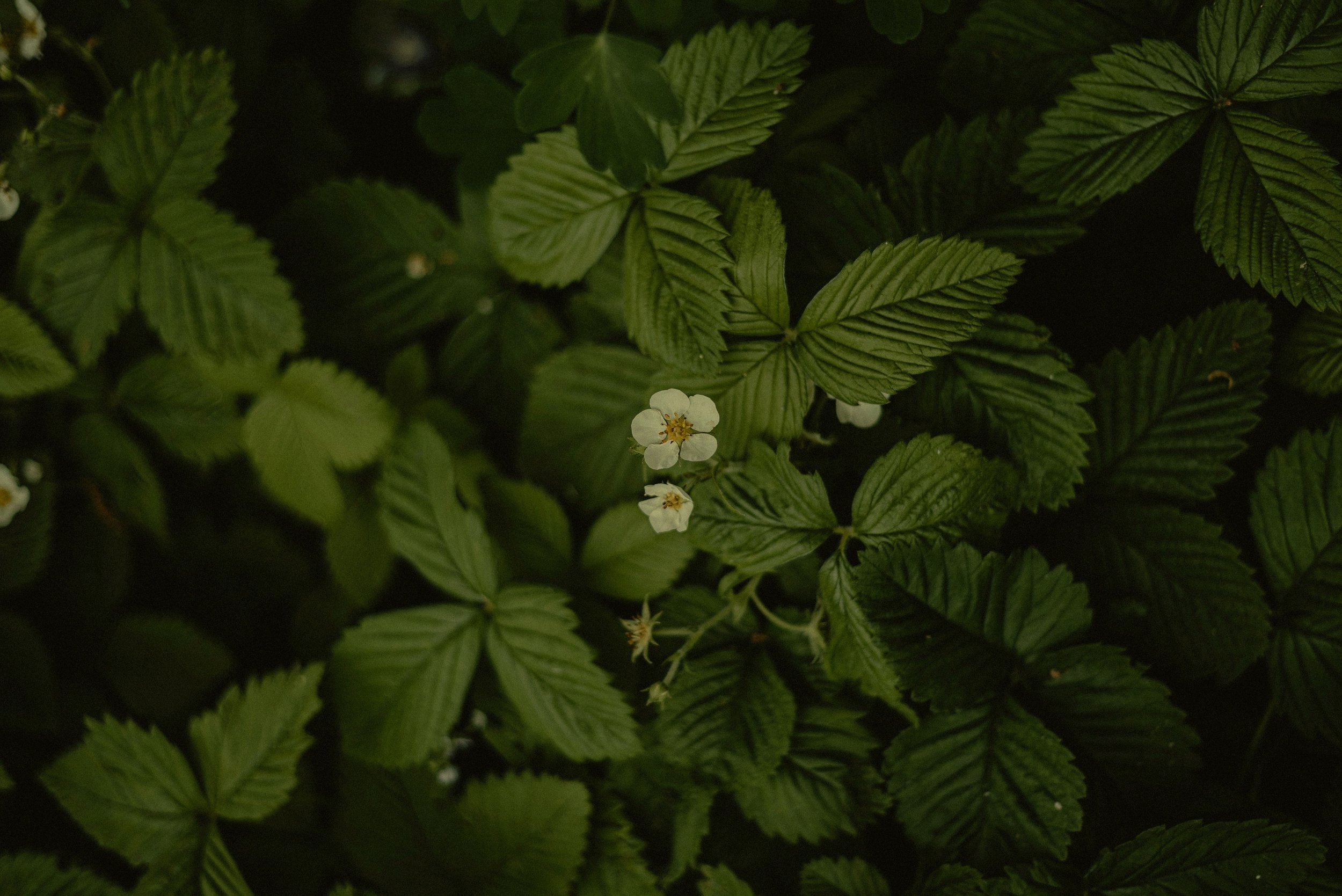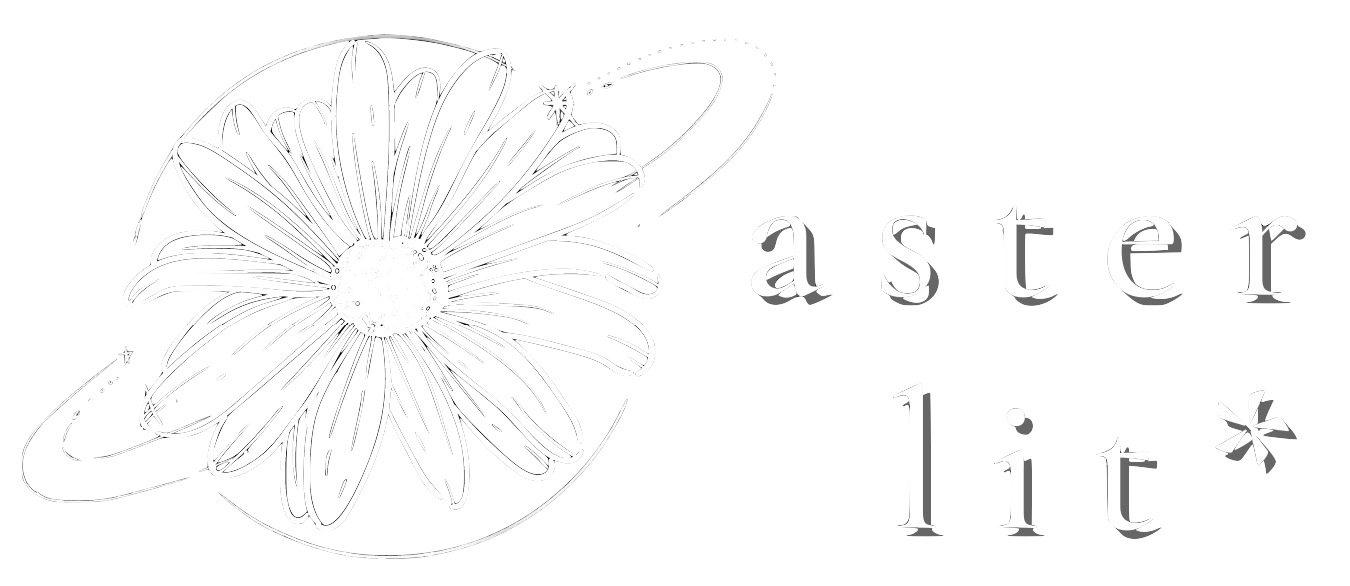
Aster Lit: translatability
Issue 12- Summer 2024
Q&A with Abhishek Nayak
In "Coffee Houses & Colonialism," you emphasize a more implied facet of colonization. Why was it important for you to convey a less obvious form of colonization, as compared to the rest of your pieces?
To explore the subject of colonialism, I either go for a more direct visual space like in ‘The Retribution’ & ‘Torture & Indentured’ or a more subtle symbolism like in ‘Brewed in Hills’ and ‘Colonial Carriage’. Likewise, in the ‘Coffee Houses and Colonialism’, I tried to portray colonialism through a sense of subtlety and symbolism. Even though Coffee Houses portray an implied facet, it still has an embodiment of colonialism, as they were power and leisure hubs for the masters. So instead of any important event or any violence based imagery, I wanted to explore the origins of such events. At the same time, I wanted to explore the alienation through delicacies, climate, cultural changes and translatability. My aim is to portray colonialism through varied lenses of culture, politics, economics and environment.
Violent imagery plays a prominent role in many of your pieces. How would you describe your approach to depicting such horrific scenes, and what do you hope to convey through the shock this generates?
Brutality and barbarism was a major, if not the sole element of colonialism in India. Numerous events like the 1857 Revolt, Jallianwala Bagh Massacre, Indentured labor system, Opium Plantation etc. have an essence of violence inflicted by the colonialists. The accounts of violence helps us to understand the ideological state, cause and consequence of the events, reason for the need of coercion etc. Through this imagery and symbolism of imperialist brutality, I wish to explore the dichotomy of life and death; violence and peace; ruler and the ruled. It adds an emotional connotation to the time and space of colonialism in a way that forces us to question the need for such tactics.
Color is used sparsely in your prints, but when it is, it is striking. What messages did you aim to convey through these visual juxtapositions?
The usage of hues in specific parts of the artworks is in-lieu of highlighting symbolism. Whether it's the wine barrels (Brewed in Hills) or the British officers and the British Flag (Tortured and Indentured), the aim is to turn the eyes and focus on the elements that suggest or ideate towards the title of my work. The wine barrels being the central character around which the whole narrative is woven is painted to illuminate the British coercion and power, the soldiers, their costumes, their flags are highlighted in the background.

